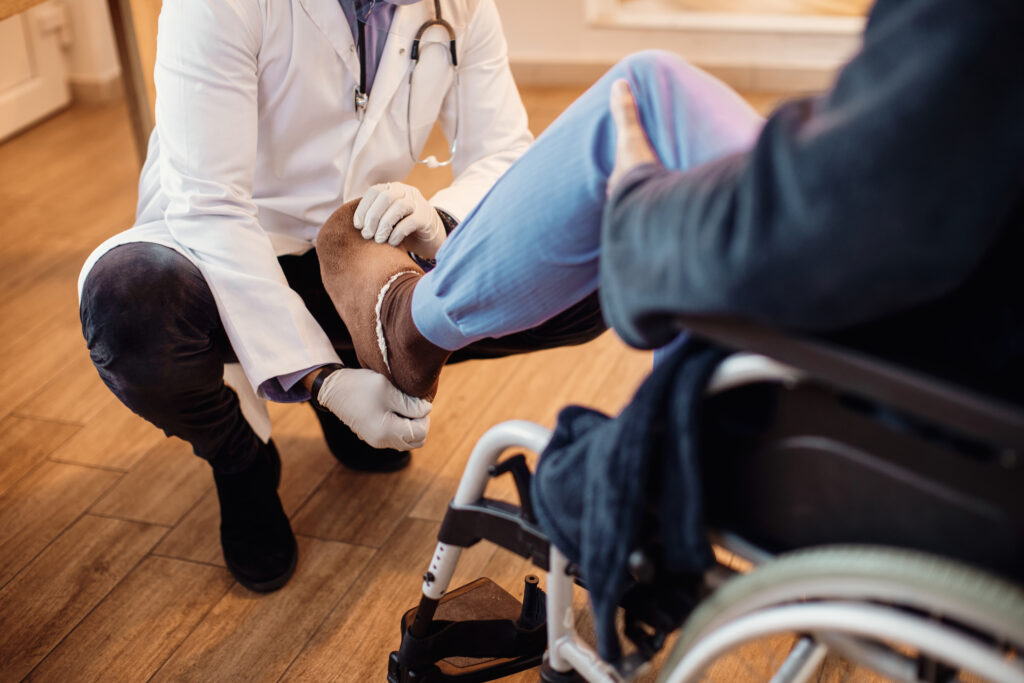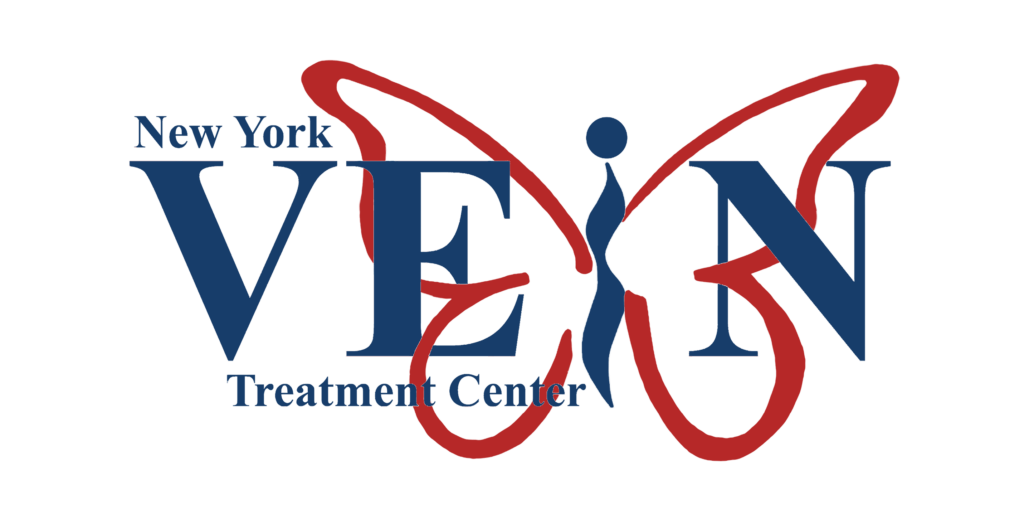Many of us picture restless legs as a condition where our legs begin shaking around aimlessly. The truth is that this debilitating disorder causes such an uncomfortable feeling that patients have to move their legs to be relieved of their symptoms.
Does this sound like you?
Many forgo seeking treatment for this uncomfortable feeling for fear that no one will believe them. Others have a hard time expressing what is happening.
At the New York Vein Treatment Center, our restless leg syndrome doctor understands how crippling this condition can be. We’re here to give you some information about restless leg syndrome so you can know when to seek help.
Recognizing Restless Leg Syndrome (RLS)
Restless leg syndrome (RLS) involves a very uncomfortable sensation people feel in their legs:
• Tingling
• Crawling
• Searing
• Pulling
Many find it difficult to describe the feeling. What is easier to explain is how this feeling diminishes or disappears after they move their legs.
It’s now believed that the causes of RLS are neurological. Despite this, many studies have found connections between RLS and varicose veins.
It’s estimated that 10% of the US population experiences RLS. Those with severe cases experience RLS symptoms 2 or more times a week. Others experience symptoms sporadically with periods of improvement.
Women and those who are middle-aged seem to develop RLS more frequently, but RLS affects every demographic.
Connecting RLS with Sleep Disturbances
Many experience worsening RLS symptoms later in the day and at night. This often results in fatigue and sleeplessness.
The rippling effect of losing sleep because of RLS takes its toll. People begin feeling irritable and depressed. It’s harder to think straight and to perform well at work.
Since symptoms are relieved through activity, RLS worsens when you relax, lay down, or even sit for long periods. That’s why RLS patients lose sleep because the moment they stop moving, the symptoms reappear.
Assessing Risk Factors
There are people at higher risk for developing RLS. Many of these same factors are also related to developing varicose veins.
Family History
Restless leg syndrome does have a genetic component. Those with family members who develop RLS before age 40 are at a greater risk of developing RLS themselves.
Pregnancy
The hormone changes experienced during pregnancy have been linked to RLS development. These same changes also heighten the risk of developing varicose veins.
Aging
RLS seems to develop in older individuals unless genetically linked. Varicose veins also tend to develop as we get older.
Varicose Veins
It’s believed that varicose veins, at the least, agitate and worsen RLS symptoms. This is probably why vein treatments offer RLS symptom relief.
Understanding Varicose Veins
Our veins transport blood from our organs and extremities back to the heart. Within our veins are valves that push the blood. When these valves weaken or fail, the blood backs into our veins. As the blood pools and stagnates, varicose veins form.
Varicose veins are typically identified as bulging veins that are blue to purple in color. Varicose veins may simply be discolored, while others are accompanied by other symptoms such as pain, itching, and swelling.
Outside of being connected to RLS, varicose veins, when left untreated, can lead to other health conditions such as ulcers and clots.
Linking RLS with Varicose Veins
In 1995, a study published in Dermatological Surgery found that 98% of RLS patients receiving varicose vein treatments reported diminished RLS symptoms.
In 2008, a study published in Phlebology also reported that RLS patients receiving varicose vein treatments reported diminished RLS symptoms.
Though it still remains unclear the connections between varicose veins and RLS, these studies indicate that RLS patients can benefit from venous insufficiency treatments.
Choosing Vein Treatment Options
Most venous insufficiency treatments are noninvasive, outpatient procedures.
Endovenous Laser Therapy
This outpatient procedure involves inserting a wire into the damaged vein and using thermal pulses that agitate and close the vein.
VenaSeal Treatment
This innovative procedure involves injecting a medical gel polymer into the damaged vein. The polymer seals the vein and reroutes blood flow to healthier veins.
Radiofrequency Ablation
High-frequency currents tighten collagen inside the vein to close the damaged vein.
Finding a Restless Leg Syndrome Doctor
The New York Vein Treatment Center offers the most advanced technologies to treat vein disorders. Our restless leg syndrome doctor has been successfully treating varicose veins since 2007. Our patient-focused treatment plans target the areas that bring RLS symptomatic relief.
Contact us today to schedule your RLS consultation.

Dr. Lev Mark Khitin, a leading cardiovascular and thoracic surgeon, is the founder of the New York Vein Treatment Center. With almost 20 years of experience and over 20,000 successful vein procedures, he is a renowned expert in the diagnosis and treatment of venous disease. Dr. Khitin’s patient-centered approach and advanced surgical skills have consistently delivered excellent results, making him a prominent figure in the field.


